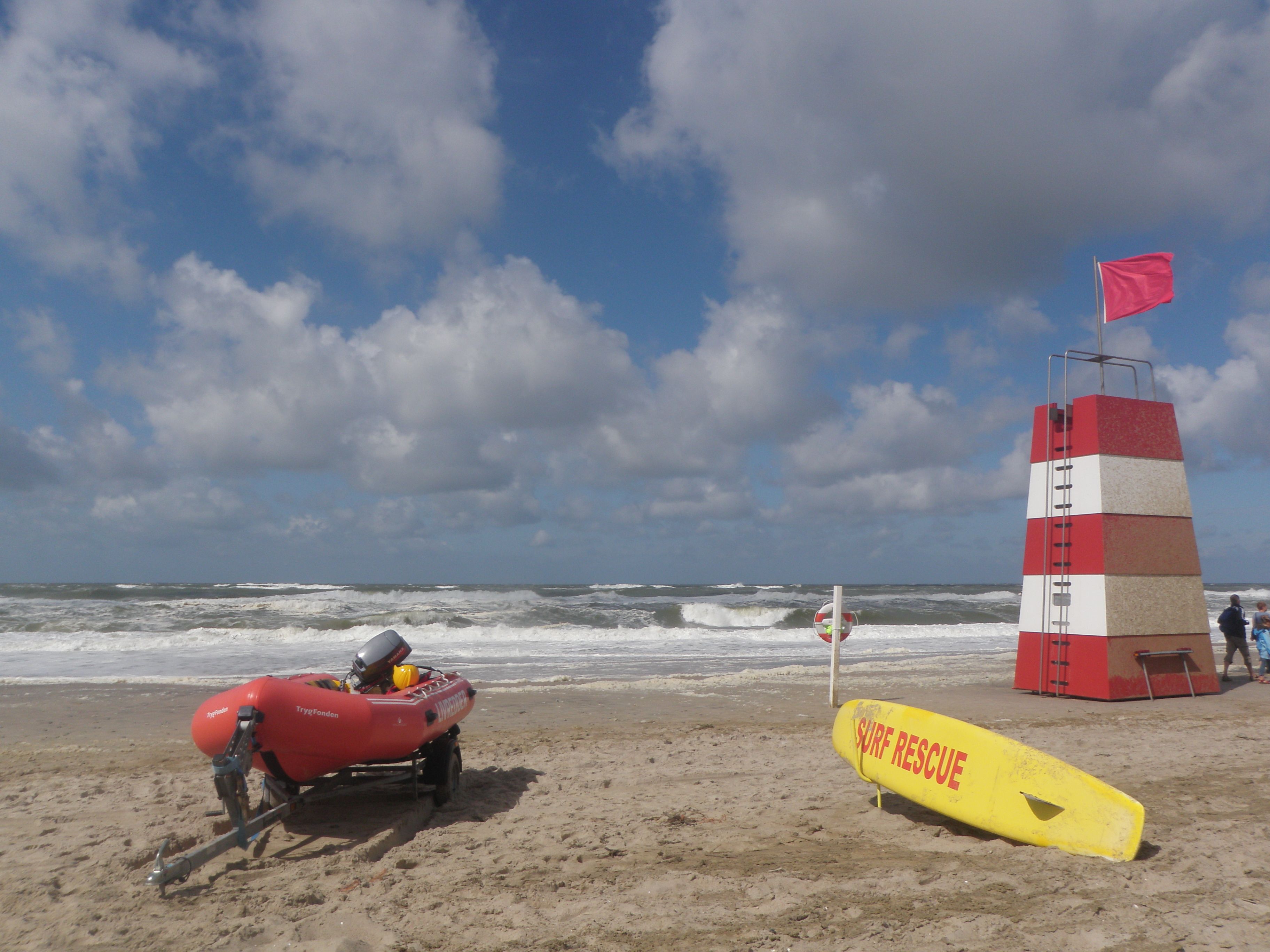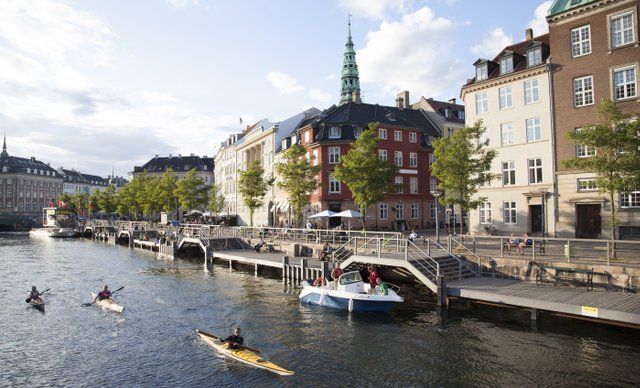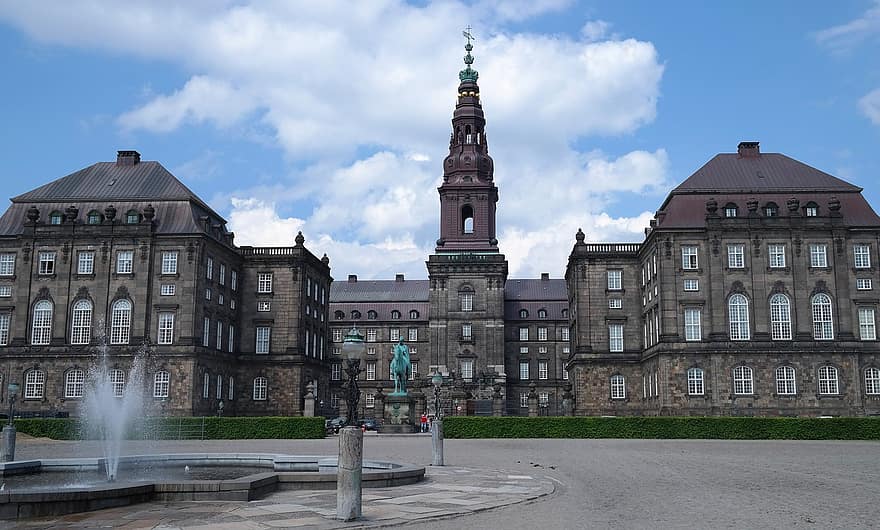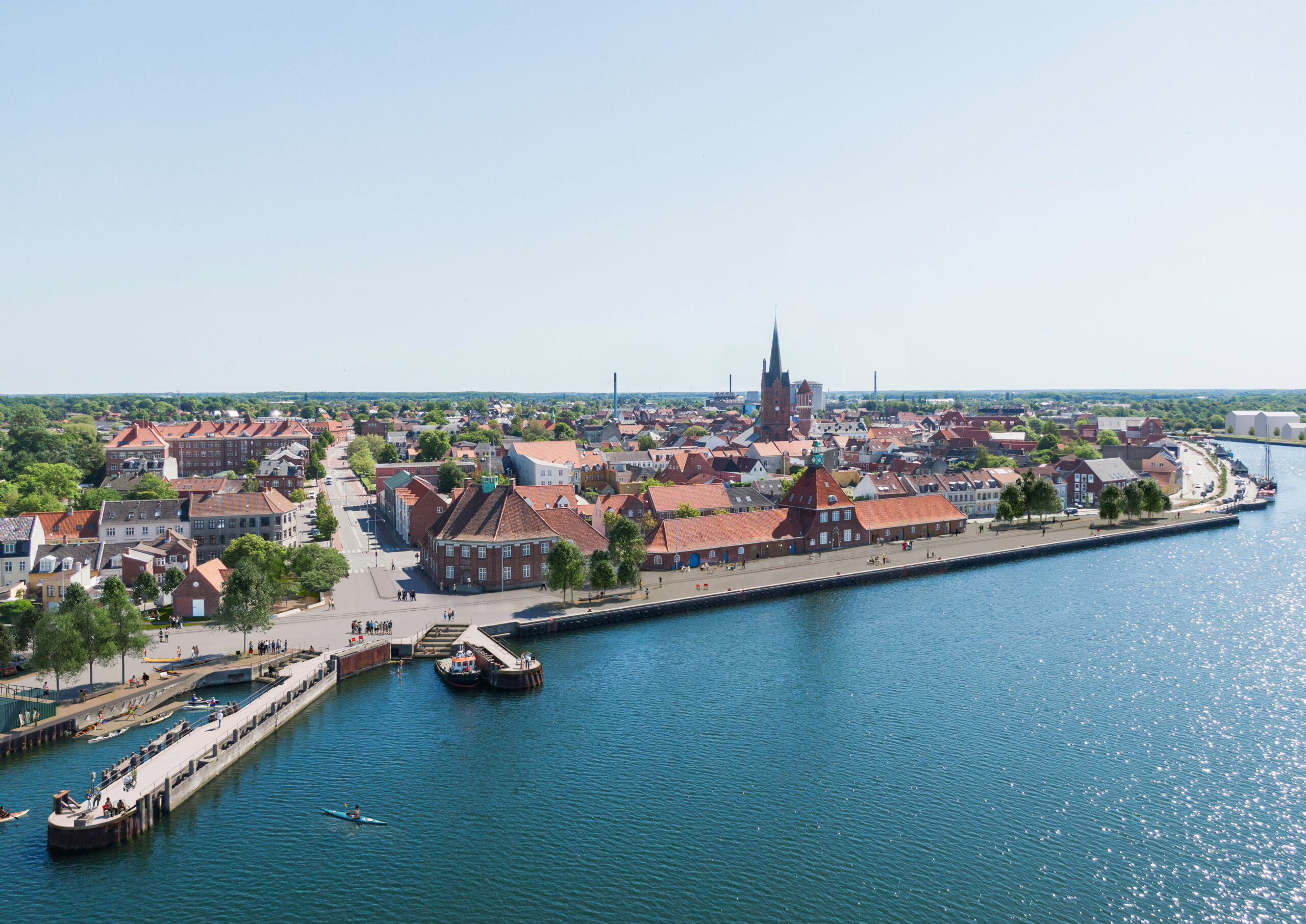More lifeguards will supervise safety on Danish beaches this summer, reports takeoff.dk.
The Danish foundation TrygFonden, which focuses on making Denmark a safer place, will open a new lifeguard tower on Hvidbjerg Strand in Blåvand near Esbjerg.
The rescue services will be provided during the high season between June 20 and August 13.
READ MORE: Fewer Blue Flag beaches in Denmark
Søndervig most popular
Last year, TrygFonden operated 35 red-and-white rescue towers across Denmark and recorded over 60,000 interventions. In 27 cases, people’s lives were danger.
Denmark has over 7,300 km of coastline, with about 5,000 km of swimming-suitable beaches.
According to VisitDenmark, the Søndervig beach in north-west Jutland, which has been one of the most popular Danish seaside resorts since the 19th century, was voted the best beach in 2014.
















